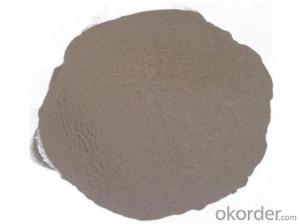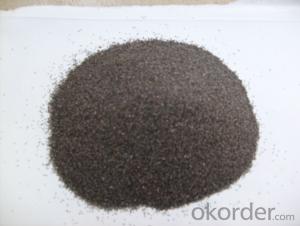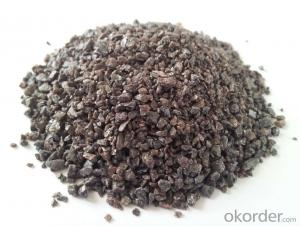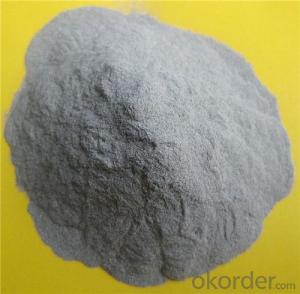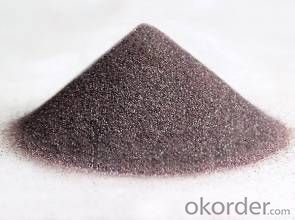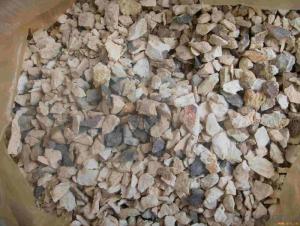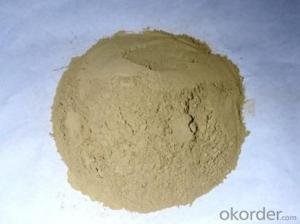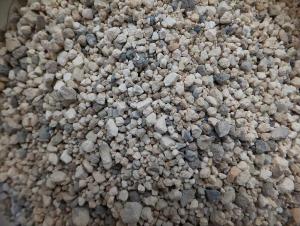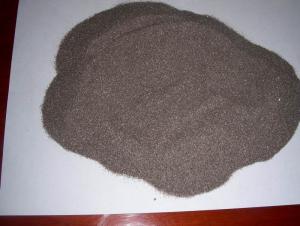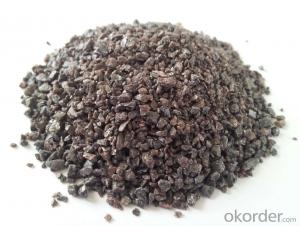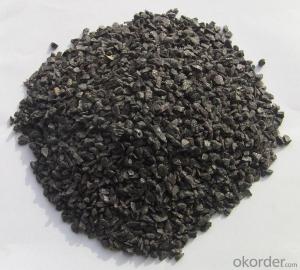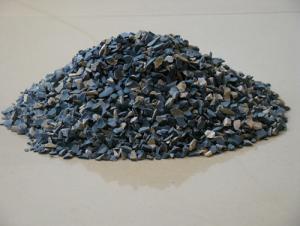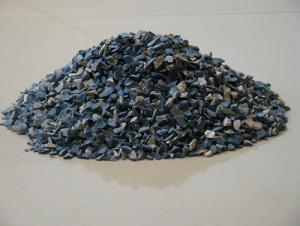Raw Materials for Refractory - Brown Fused Alumina for Abrasives/Refractories
- Loading Port:
- Tianjin
- Payment Terms:
- TT or LC
- Min Order Qty:
- 25 m.t.
- Supply Capability:
- 3000 m.t./month
OKorder Service Pledge
OKorder Financial Service
You Might Also Like
Brown Fused Alumina for Abrasives/Refractories
Production details
Brown fused alumina is made by electric arc furnace melting under high temperature with the raw material of bauxite, anthracite and scrap iron. It is characterized by its high hardness, good toughness and shape in size. It can be used in refractory materials with refractoriness of 1850°C.
Product Name | Brown fused alumina | |||||
Size | Al2O3 | TiO2 | SiO2 | Fe2O3 | CaO | |
8-5mm | ≥95.00 | 1.50-3.80 | ≤1.50 | ≤0.30 | ≤0.30 | |
5-3mm | ≥95.00 | 1.50-3.80 | ≤1.50 | ≤0.30 | ≤0.30 | |
3-1mm | ≥95.00 | 1.50-3.80 | ≤1.50 | ≤0.30 | ≤0.30 | |
1-0mm | ≥95.00 | 1.50-3.80 | ≤1.50 | ≤0.30 | ≤0.30 | |
200-0mm | ≥94.00 | 1.50-3.80 | ≤1.50 | ≤0.30 | ≤0.30 | |
325-0mm | ≥93.00 | 1.50-3.80 | ≤1.50 | ≤0.30 | ≤0.30 | |
Application of Brown Fused Alumina for Refractory Use, Sandblasting, Abrasives:
Resin ceramic abrasive, sand blasting, grinding and polishing, and is widely used in anti-wear runways, high-temperature coating matrix and metallurgy, chemical industry, and other high-level furnace refractories.
Pictures:
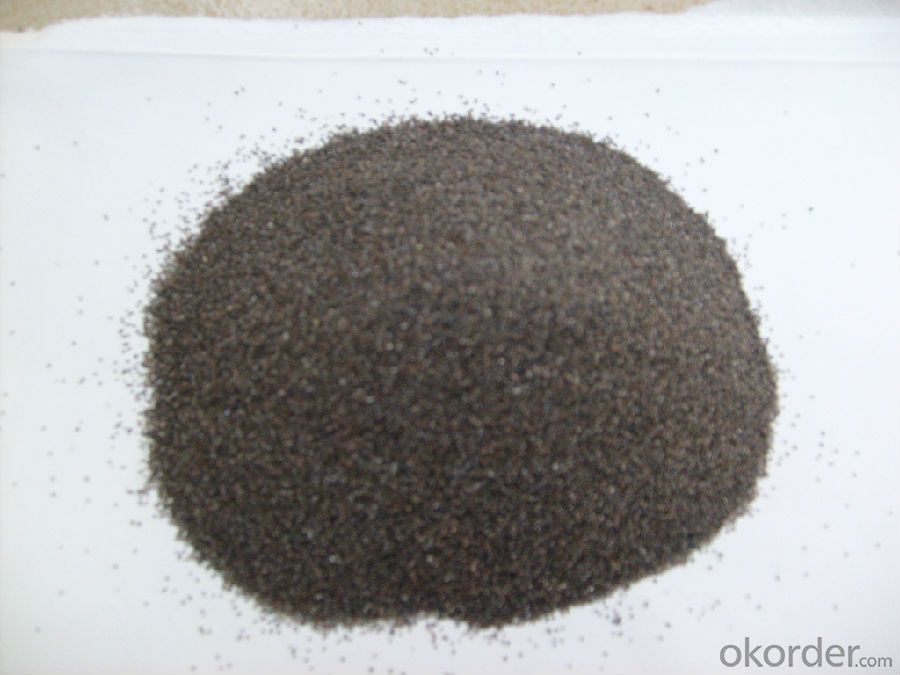
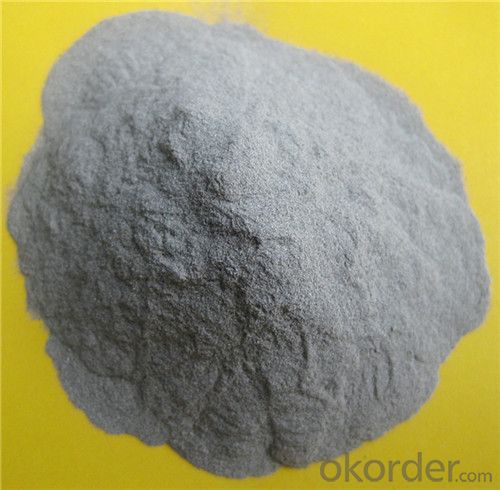
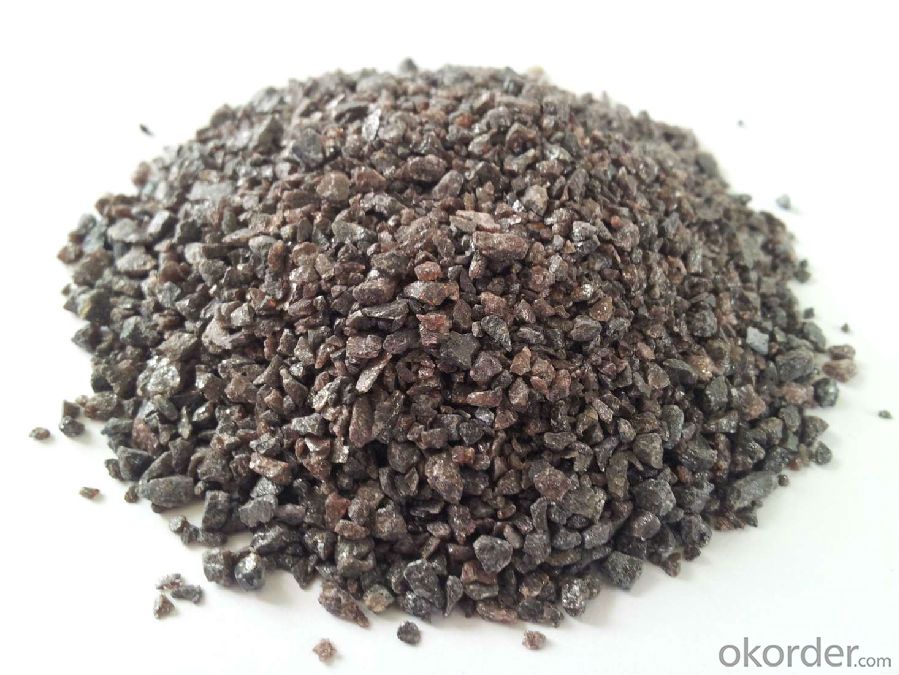
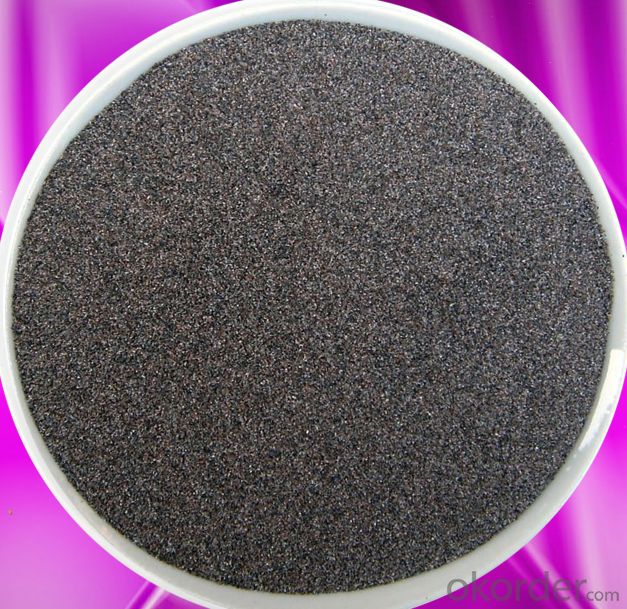
If you’ve any enquiries, please don’t hesitate to let us know.
- Q: What kinds of refractory will be used in kiln of sintering ceramics?
- Porcelain has many classes, including acid, alkaline and neutral materials.
- Q: What are included in roof thermal insulation fireproofing material?
- Aluminium foil, bubble, aluminium foil/air bubbles/fireproofing aluminium foil thermal insulation material, fireproofing bubble thermal insulation material, fire?retardant thermal insulation material, thermal insulation construction materials, aluminum foil insulation material.
- Q: What are the fire resistance ratings of the glass partition?
- Hello, friend. The glass partition system is composed entirely of metal structures, glass, color plate and other materials which also has fire resistance capacity. When the inner structure of the system is steel structure, the fire resistance of which is 30 mins, 60mins or even longer.
- Q: What dose the fireproof and thermal insulation material include?
- Protective cloth, fireproof cloth, plastic coated cloth, PVC tarpaulin, flame retardant cloth, duct cloth, automobile tarpaulin, PVC protective cloth, the freight yard covered cloth, PVC plastic coated cloth, Industrial Canvas, widely used in automobile tarpaulin, trains covered cloth, ships covered cloth, open-air yard covered cloth, industrial and agricultural covered cloth ; used in glass, timber, fertilizer plants, steel plants, mechanical hardware factories, feed mills, grain storages, container plants, oil refineries plants, packaging plants, paper plants, air conditioning plants, logistics, ore factories, fleet, rail and sea fields, etc.
- Q: What is the material composition of the new fire-resistant coating?
- The basic composition of thick coating steel structure fire is: Binder (Portland cement, magnesium oxychloride or inorganic high-temperature bonding agent), aggregate (expanded vermiculite, perlite, aluminum silicate fiber, mineral wool, rock wool, etc.), chemical additives (modifiers , hardening agent, waterproofing agent) and water. Fireproof coating binders Portland cement, magnesium oxychloride cement and an inorganic binder of the fire-resistant coating for steel structure base material. The conventional inorganic binder include alkali metal silicates and phosphates substances.
- Q: What kind of refractory materials can withstand 1500℃ when processing briquette stove core and meanwhile cost less?
- The main material is quartz sand and it is the cheapest, and can resist 1500℃ without any difficulty.
- Q: What's the difference of fire-resistant material's density, specific gravity and bulk specific gravity?
- glass
- Q: Refractories for iron-making blast furnace?
- This question is too professional - as far as I know, there are blast furnace noumenon bricklaying - trough slag runner fire-resistant model ~ main channel carbon rod ~ ramming mixes ~ ~ I do not know the specific details.
- Q: What are refractory materials?
- Refractories can be divided to two categories based on the shape and three categories according to the chemical nature of acidity, neutralily and alkalinity. Alkaline refractory materials are magnesia-carbon brick, magnesia chrome brick, calcium magnesium brick and magnesia-chrome bricks. Neutural refractory mateial are high alumina brick, corundum brick and clay brick. Case-hardened refractory materials are castable, ramming mass, gunning mix, coated mix, dry vibration material, etc.
Send your message to us
Raw Materials for Refractory - Brown Fused Alumina for Abrasives/Refractories
- Loading Port:
- Tianjin
- Payment Terms:
- TT or LC
- Min Order Qty:
- 25 m.t.
- Supply Capability:
- 3000 m.t./month
OKorder Service Pledge
OKorder Financial Service
Similar products
Hot products
Hot Searches
Related keywords
